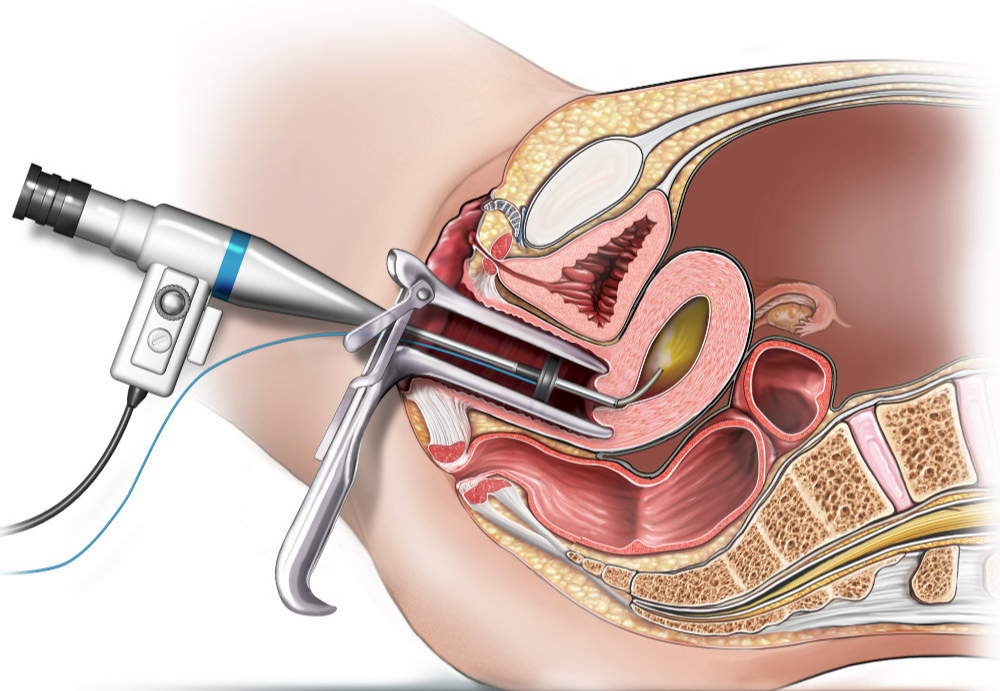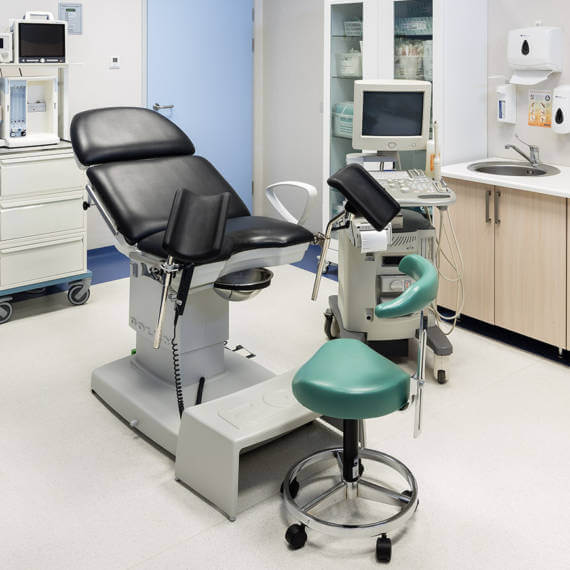Hysteroscopy

What is Hysteroscopy
Hysteroscopic procedures are performed to help diagnose and remove fibroids that are located inside the uterine cavity and to treat bleeding symptoms caused by fibroids or adenomyosis. Hysteroscopy allows for a physician to examine and view the inside of the uterus by passing a scope through the vagina and cervix.
Hysteroscopic procedures may be performed to:
- Evaluate the uterus and help diagnose a specific condition
- Remove fibroids
- Ablate (remove or decrease) the uterine lining to decrease heavy menstrual bleeding

Who is an Ideal Candidate for Hysteroscopic Procedures?
Hysteroscopic procedures are effective in helping physicians evaluate and diagnose many conditions. Hysteroscopic procedures are also useful for treating conditions, including removing abnormal growths within the uterus, such as fibroids.
Hysteroscopic procedures are highly effective for helping physicians evaluate, diagnose, and sometimes treat:
- The cause of heavy or lengthy menstrual flow, bleeding between periods, or bleeding after menopause
- Abnormal growths within the uterus, such as fibroids or uterine polyps
- Sources of infertility, such as uterine adhesions or bands of scar tissue
- Malformations of the uterus, such as a uterine septum
What happens during a hysteroscopy?
On the day of the procedure, you’ll be asked to empty your bladder and change into a hospital gown. You may receive anesthesia or a sedative to help you relax. The type of anesthesia you receive depends on whether the hysteroscopy will take place in a hospital or your surgeon’s office and whether other procedures will occur simultaneously.
You’ll be positioned on the exam table with your legs in stirrups. Once you’re in position, your surgeon will:
- Perform a pelvic exam.
- Dilate (open) your cervix so the hysteroscope can be inserted.
- Insert the hysteroscope through your vagina and cervix into your uterus.
- Send a liquid solution through the hysteroscope and into your uterus, gently expanding it and clearing any blood or mucus. This step allows your surgeon to view your uterus, uterine lining and fallopian tubes.
- Inspect your uterine cavity and the openings of your fallopian tubes. The light from the hysteroscope makes it easier for your surgeon to get a clear view.
- Insert surgical instruments through the hysteroscope that can be used to remove any irregular abnormalities (if surgery is needed).
- A hysteroscopy can last anywhere from five minutes to more than an hour. The length of the procedure depends on whether it’s diagnostic or operative and whether an additional procedure, such as laparoscopy, is done simultaneously. Diagnostic hysteroscopy usually takes less time than operative.